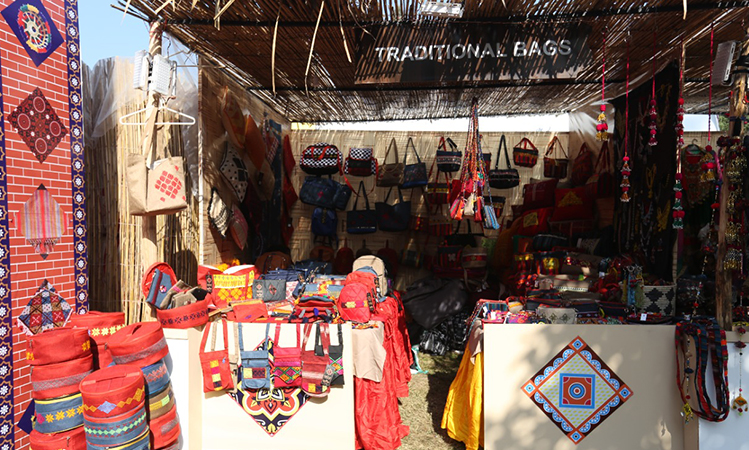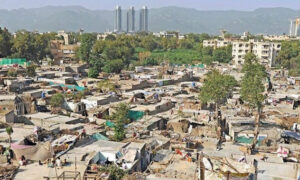By Asma Kundi
ISLAMABAD: More and more people kept pouring in to witness the country’s vibrant culture at the ongoing Lok Mela organized by Lok Virsa.
Local artisans at the KPK pavilion grab more attention with their food and lively music. Lok mela is organized annually to provide a plate form for artisans to showcase their handicrafts. Also, it became a festivity for the inhabitants of the twin cities of Islamabad and Rawalpindi.
It offers folk music, dances, traditional handicrafts, local food, and artisans from various parts of the country in a colorful and vibrant ambiance. All the provinces and regions like Punjab, Balochistan, Khyber Pakhtunkhwa, Sindh, Azad Kashmir, and Gilgit- Baltistan have set up their pavilions presenting folk music, dance, and traditional arts and crafts from their respective areas.
Khyber Pakhtunkhwa pavilion has its charm. The pavilion boasts 25 master craftsmen and craftswomen from different parts of the province. Many women artisans have set up their stalls representing traditional food and handicrafts. Naheed Bibi from Dera Ismail Khan has also set up her stall, offering a variety of articles made with local hand embroidery called Takashi work. Her products include table runners, cushions, dresses, mobile covers, and many more.
Local artisans from Hazara, Naseem Akhtar, and Tanzeela Yasmeen also booked a stall for art products made with Jasti work, a form of handmade needle embroidery. The number of people on Saturday was low due to the political situation in the city. However, the stallers were quite happy to receive many visitors on Sunday and onward.
Tasleem Bibi is considered a master of ‘Phulkari,’ a form of making flowers with the help of needles and colorful threads on cotton or any other fabric. She has learned this art from her mother as this tradition of learning from mothers runs in their family and area Hazara.
She said, “From early childhood, girls in their area learn to make different patterns and flowers with needles on fabric to prepare dresses for their dolls. With time this art now helps us to earn our livelihood. This mela provides us good opportunity to sell and promote our products at the market. It also connects us with many NGOs working in this sector and we get orders to make.”
Along with a stall, Tasleem was making flowers with vibrant color threads at the spot, attracting more people to her stall. Young children were interested in her work as they had never seen such activities around them before.
Embroidery embellishes any material with patterns or designs done with the needle and thread on the fabric. It reflects the local traditions, culture, and physical environment of the people and places where it developed. Phulkari is well known for its intricate designs. Silk threads in yellow, shocking pink, white and green are used, and darning stitch is employed in vertical, horizontal, and diagonal movements to create elaborated geometric and floral patterns. Phulkari is done mostly on shawls and shirts. She has trained several female students at Havelian. She has also been participating in various festivals and exhibitions and receiving recognition for her talent.
The aroma of Chappal kababs from KP Pavilion is a major source of attracting more people, especially during lunch every day. The other food stalls include Kabli Polao, Patta Tikka, Lamb Karahi, and the famous Peshawar Kehwa.
Local musicians wearing traditional attire at every pavilion play a major role in grabbing visitors’ attention. It was observed that a traditional Hugra was created in the pavilion where folk Pashtun tunes playing on Rubab were succeeding in this race.


























